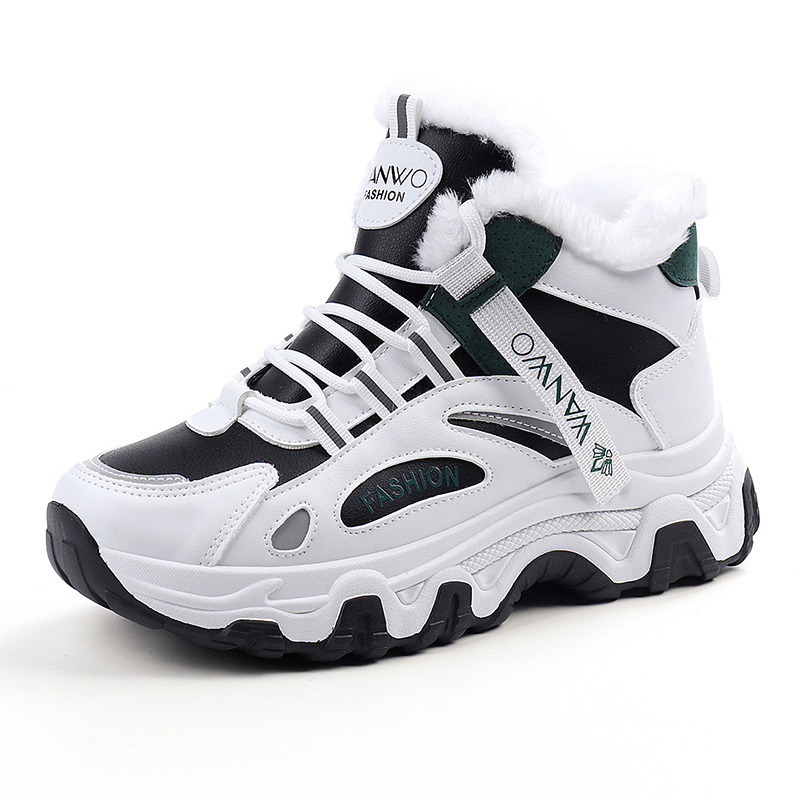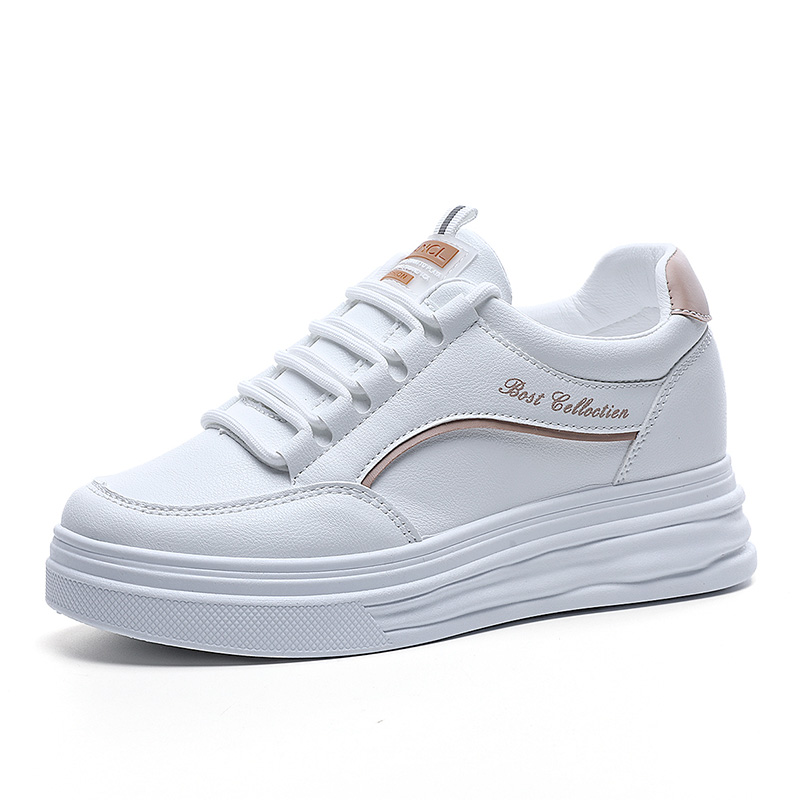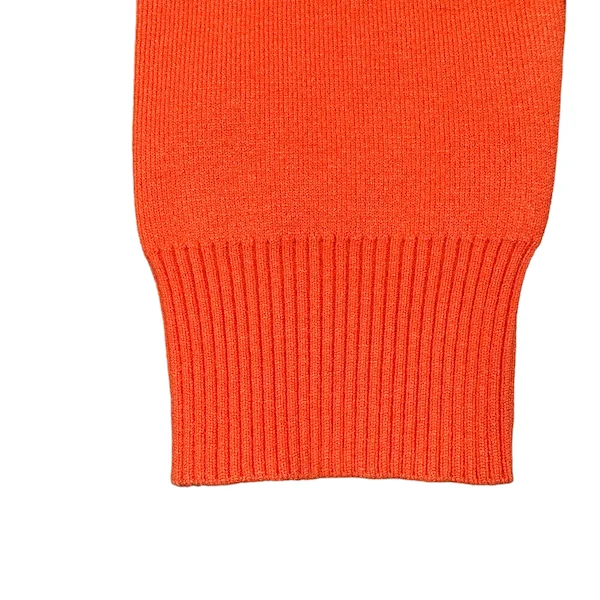The Evolution of Fashion: Unveiling the Most Popular Clothing Styles of Today
3 min readIn the ever-evolving world of fashion, the question of what constitutes the most popular style of clothing is not merely a matter of personal preference but a reflection of cultural shifts, technological advancements, and societal values. As we delve into this topic, we will explore various clothing styles that have gained prominence in recent years, their historical context, and the factors contributing to their popularity.
The Rise of Casual Wear
One of the most significant trends in contemporary fashion is the rise of casual wear, often referred to as athleisure. This style seamlessly blends comfort with functionality, allowing individuals to transition effortlessly from workout sessions to social gatherings. The popularity of athleisure can be attributed to several factors:
- Lifestyle Changes: With the increasing emphasis on health and wellness, more people are incorporating fitness into their daily routines. This shift has led to a demand for clothing that is both stylish and functional.
- Influence of Social Media: Platforms like Instagram and TikTok have played a pivotal role in popularizing casual styles. Influencers and celebrities often showcase athleisure outfits, making them aspirational for their followers.
- Versatility: Casual wear is incredibly versatile, allowing for a wide range of combinations. From yoga pants paired with oversized sweaters to sleek joggers matched with chic sneakers, the possibilities are endless.
The Resurgence of Vintage Styles
Another noteworthy trend is the resurgence of vintage clothing styles. Fashion from past decades, particularly the 70s, 80s, and 90s, has made a significant comeback. This revival can be attributed to:
- Nostalgia: As millennials and Gen Z consumers seek to connect with the past, vintage styles evoke a sense of nostalgia. Thrift stores and online vintage shops have become popular destinations for those looking to curate unique wardrobes.
- Sustainability: The growing awareness of environmental issues has led many consumers to seek sustainable fashion options. Vintage clothing is not only eco-friendly but also offers a one-of-a-kind aesthetic that mass-produced items cannot replicate.
- Cultural References: Movies, television shows, and music from previous decades have influenced current fashion trends. For instance, the popularity of shows like Stranger Things has reignited interest in 80s fashion.
The Allure of Streetwear
Streetwear has emerged as a dominant force in the fashion industry, characterized by its casual, urban aesthetic. This style often incorporates elements from skate culture, hip-hop, and high fashion. The rise of streetwear can be linked to:
- Cultural Significance: Streetwear is deeply rooted in cultural movements, making it more than just a fashion statement. It represents a lifestyle and a form of self-expression for many individuals.
- Collaborations with High Fashion: The collaboration between streetwear brands and luxury fashion houses has elevated the status of streetwear. Brands like Off-White and Supreme have successfully merged street style with high fashion, attracting a diverse audience.
- Inclusivity: Streetwear is often seen as more accessible than traditional high fashion, appealing to a broader demographic. Its unisex designs and emphasis on comfort resonate with a wide range of consumers.
The Impact of Technology on Fashion
In addition to the styles mentioned above, technology has significantly influenced the fashion landscape. The rise of e-commerce, virtual fitting rooms, and augmented reality has transformed how consumers shop for clothing. Key technological advancements include:
- Personalization: Brands are leveraging data analytics to offer personalized shopping experiences. Consumers can receive tailored recommendations based on their preferences, enhancing their overall shopping experience.
- Sustainable Practices: Technology has also paved the way for sustainable fashion practices. Innovations such as 3D printing and eco-friendly materials are becoming more prevalent, allowing brands to reduce waste and minimize their environmental footprint.
- Virtual Fashion Shows: The COVID-19 pandemic accelerated the adoption of virtual fashion shows, allowing brands to reach global audiences without the constraints of physical events. This shift has changed the way fashion is presented and consumed.
Conclusion: The Future of Fashion
As we navigate through the complexities of modern fashion, it is clear that the most popular styles of clothing are shaped by a multitude of factors, including cultural influences, technological advancements, and societal values. Casual wear, vintage styles, and streetwear are just a few examples of how fashion continues to evolve.



